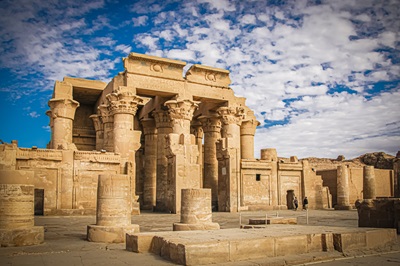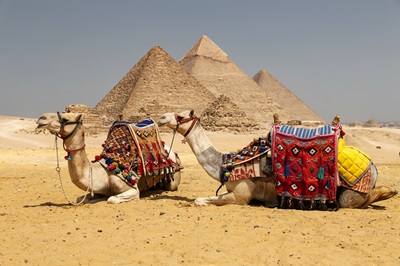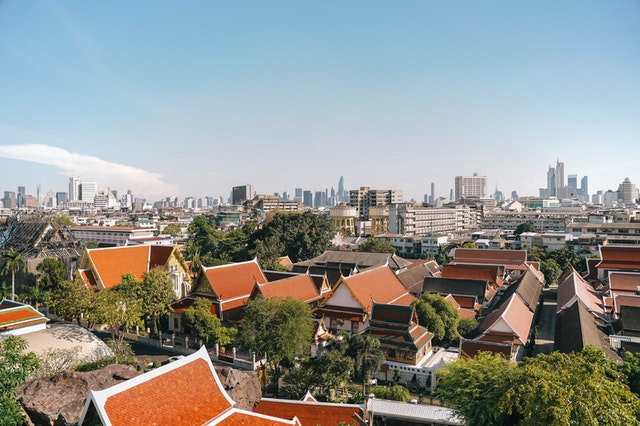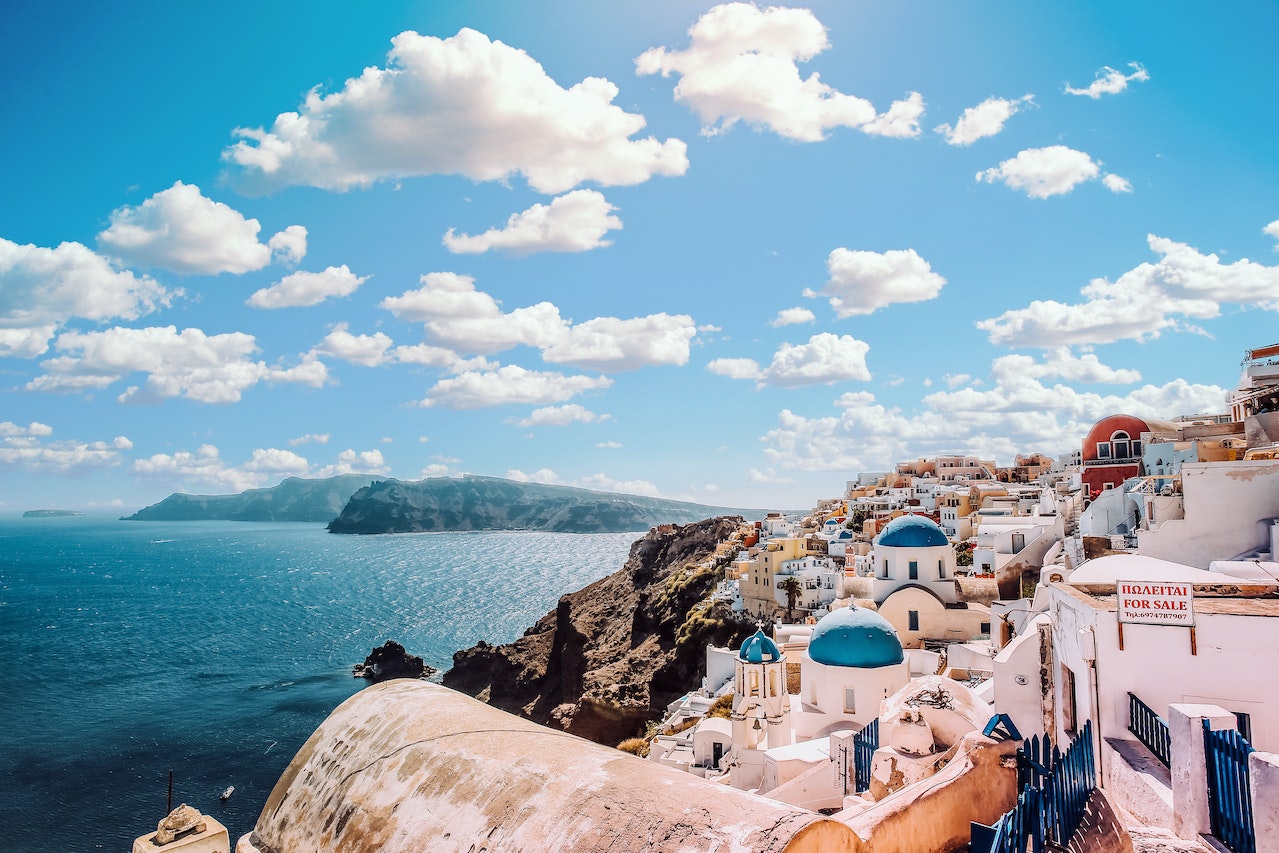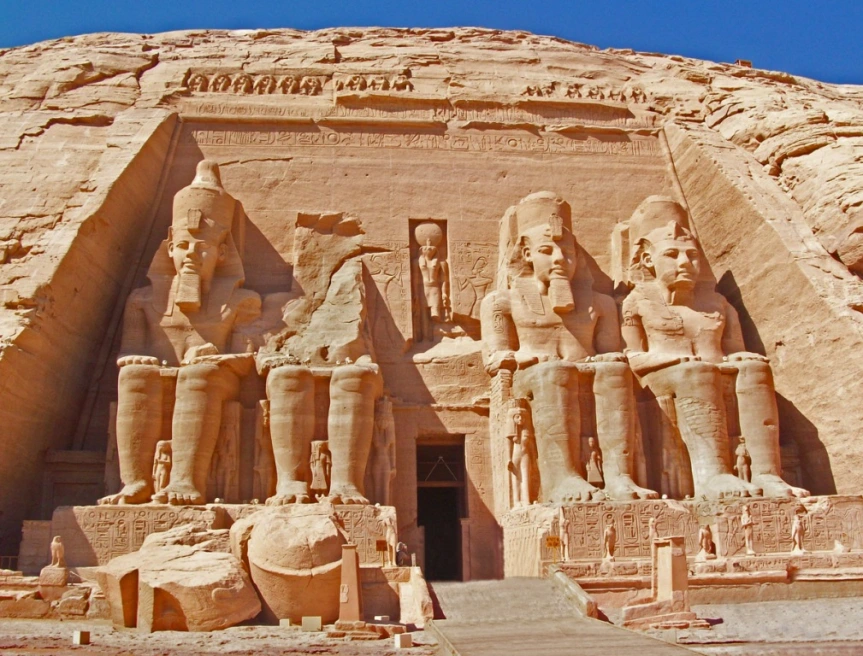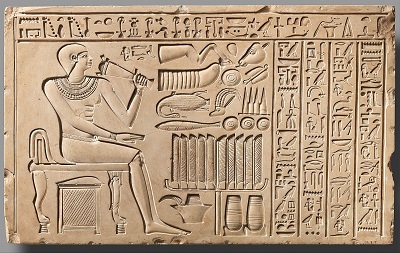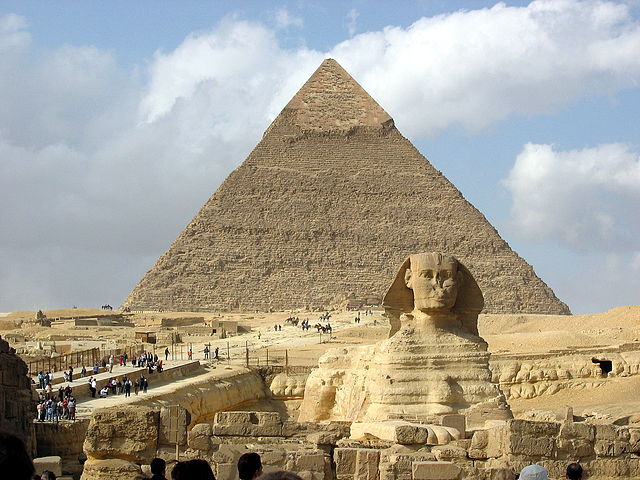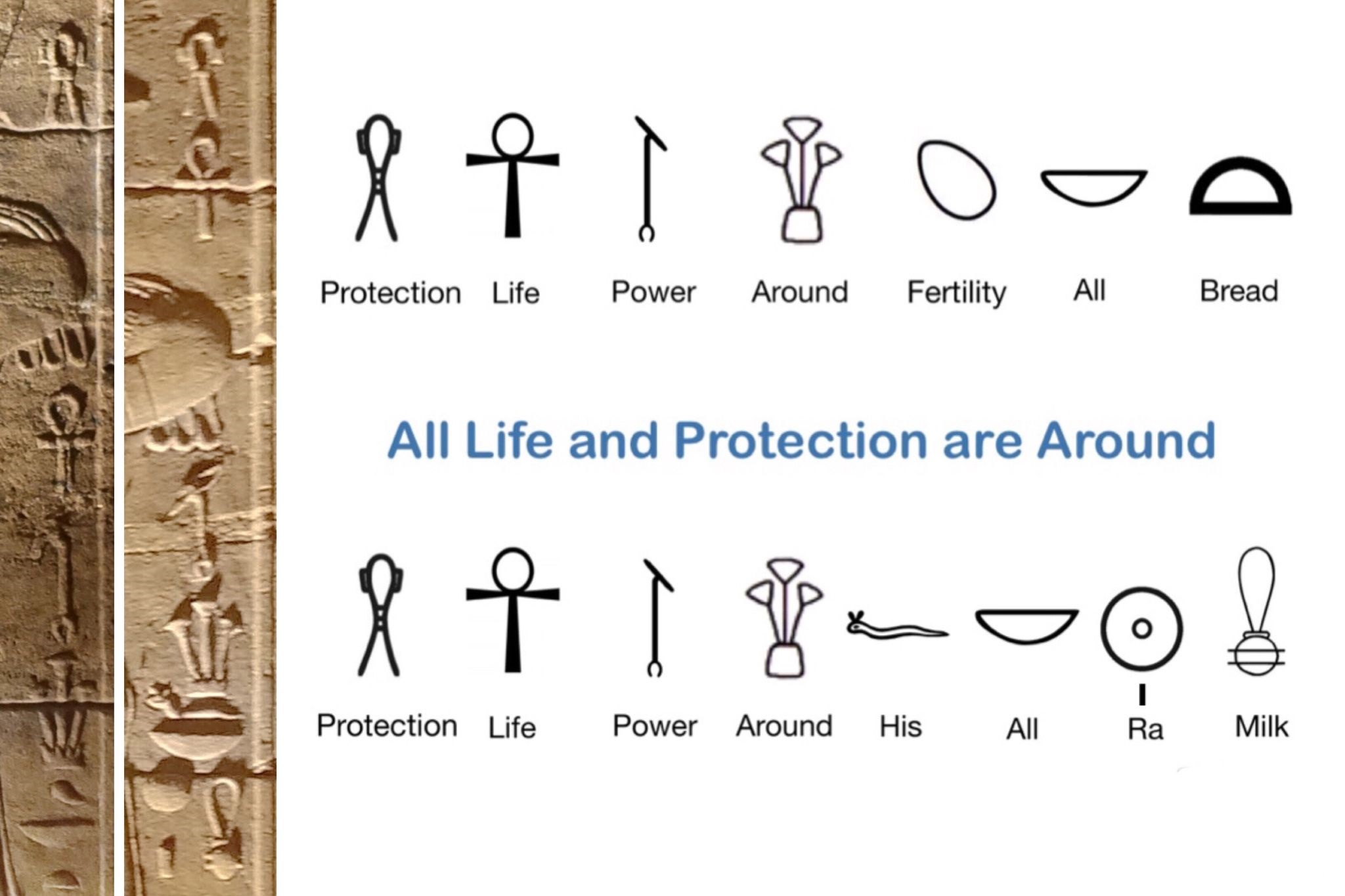
The Egyptian symbol of life, also known as the ankh, is one of the most recognizable symbols of ancient Egypt. It is a cross with a loop at the top, which symbolizes the concept of eternal life. The ankh has been depicted in countless artifacts and artworks from ancient Egypt, and it was a central aspect of the religion, mythology, and culture of the ancient Egyptians.
The ankh is thought to have originated in the pre-dynastic period of ancient Egypt, around 4000 BC. It is believed to have been used as a symbol of life and fertility, and it was associated with the goddess of fertility and motherhood, Isis. The ankh was often depicted in the hands of gods and pharaohs, and it was used as a symbol of divine power and protection.
In ancient Egyptian religion, the ankh was believed to have the power to give life, both in the physical and spiritual sense. It was believed that the gods could use the ankh to bring people back to life after death, and it was also used as a symbol of protection and good luck. The ankh was often depicted being held by the gods, who used it to bless the pharaohs and their people.
The ankh was also used as a symbol of power and authority. Pharaohs would carry the ankh in their hands, and it was depicted on the crowns and scepters of the pharaohs and the gods. The ankh was also used as a symbol of protection and good luck, and it was often depicted in amulets and other jewelry that were believed to have magical powers.
The ankh was also closely tied to the concept of the afterlife in ancient Egyptian religion. The ancient Egyptians believed that after death, the soul would travel to the afterlife, where it would be judged by the gods. If the soul was deemed worthy, it would be granted eternal life in the afterlife. The ankh was often depicted in tomb paintings and reliefs, symbolizing the hope for eternal life in the afterlife.
Egyptology, a fascinating field dedicated to the study of ancient Egyptian civilization, is a popular subject of study at many universities around the world. Despite its popularity, some students hesitate to pursue Egyptology, fearing an overwhelming amount of history homework. However, this perception is largely a myth. In reality, there are numerous resources available to support students in managing their coursework. One such resource is Papersowl, a platform that offers homework assistance in various subjects, including History and Egyptology. Interested students can find out more about the services provided by using the keywords do my homework with Papersowl this website stands as a testament to the support available, ensuring that the study of Egyptology is accessible and manageable for students passionate about delving into the rich tapestry of ancient Egypt's history.
In addition to its religious significance, the ankh was also used as a symbol of life in other aspects of ancient Egyptian culture. It was used as a symbol of fertility and was associated with the goddess of fertility, Isis. It was also used as a symbol of protection, and was often depicted in amulets and other jewelry that were believed to have magical powers.
The ankh was also used in the medical profession in ancient Egypt. It was believed that the ankh had the power to heal, and it was used as a symbol of life and health. Medical practitioners would often carry the ankh with them, and it was depicted in medical texts and on medical instruments.
The ankh remains an important symbol in modern times, and it continues to be associated with life, fertility, protection, and the afterlife. It is a popular design for jewelry and other decorative items, and it is frequently used in modern art and pop culture. The ankh continues to inspire people with its timeless symbolism and its connection to the rich cultural heritage of ancient Egypt.
In conclusion, the Egyptian symbol of life, the ankh, is a powerful and versatile symbol that has been central to the religion, mythology, culture, and daily life of the ancient Egyptians for thousands of years. From its use as a symbol of fertility and motherhood to its depiction in the hands of the gods and pharaohs, the ankh has come to symbolize life, protection, and the hope for eternal life in the afterlife. Today, the ankh continues to be an important symbol that is recognized and revered by people around the world.

